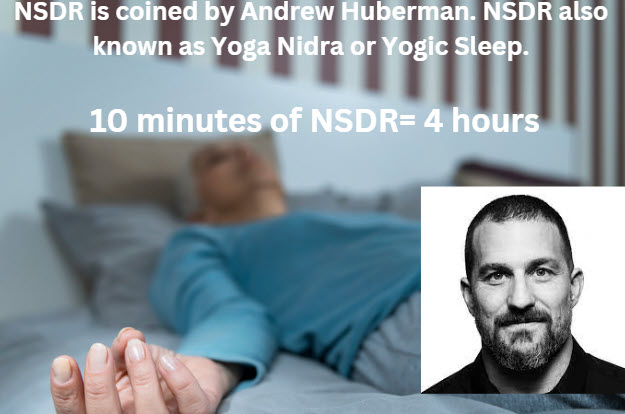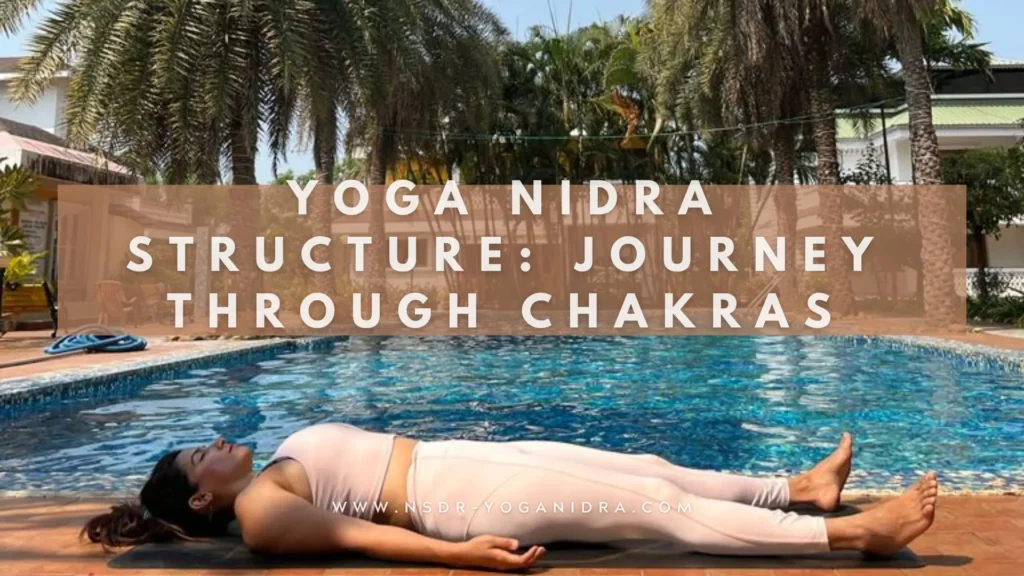Non-Sleep Deep Rest (NSDR) is a powerful tool that can help you achieve optimal sleep and rest. It is a state of deep relaxation that mimics the effects of slow-wave sleep. During this stage of sleep, growth hormone is released, promoting tissue repair, growth, and cognitive function. NSDR also activates the parasympathetic nervous system, decreasing stress levels and promoting overall relaxation.
To practice NSDR, you can use various techniques such as Yoga Nidra, self-hypnosis, or lying quietly with your eyes closed. It is important to identify the best time to practice NSDR, which can greatly enhance its benefits. You can determine your personal energy levels throughout the day and schedule NSDR during times of low energy.
By practicing NSDR, you can improve your sleep quality, reduce stress levels, and promote overall relaxation. This article will provide a step-by-step guide on how to practice NSDR for optimal sleep and rest. It will cover preparation for NSDR practice, step-by-step NSDR practice, monitoring progress and adjusting techniques, overcoming challenges in NSDR practice, and maintaining long-term NSDR practice.

Key Takeaways
- Practicing NSDR promotes optimal sleep and rest by mimicking the effects of slow-wave sleep and activating the parasympathetic nervous system.
- To practice NSDR, you can use various techniques such as Yoga Nidra, self-hypnosis, or lying quietly with your eyes closed.
- Identifying the best time to practice NSDR can greatly enhance its benefits.
Understanding NSDR
NSDR, or Non-Sleep Deep Rest, is a technique that helps individuals achieve a state of deep relaxation without actually falling asleep. It is a kind of meditation that allows the mind and body to rest and recharge, leading to improved cognitive function and better sleep quality.

NSDR was first introduced by Dr. Andrew Huberman, a neuroscientist at Stanford University. According to him, NSDR is a self-directed state of calm that can be achieved by focusing the mind on a specific task or thought. It involves getting into a dreamlike state where the mind rests but the body remains awake.
NSDR is different from other forms of meditation as it does not require individuals to sit in a specific posture or follow any particular breathing technique. Instead, it is a flexible technique that can be practiced at any time of the day, depending on an individual’s preference.
Benefits of practicing NSDR for Sleep and Health
Research has shown that NSDR can help reduce stress, improve memory retention, enhance learning, and promote neuroplasticity. It can also improve the quality of sleep, enhance relaxation, and increase mental clarity and focus.
To practice NSDR, individuals need to find a quiet and comfortable place where they can sit or lie down without being disturbed. They can then focus their attention on a specific thought or task, such as counting their breaths or visualizing a peaceful scene.
It is important to note that NSDR is not a quick fix solution for sleep problems or stress. It requires regular practice and patience to achieve the desired results. However, with consistent practice, NSDR can be a powerful tool to improve overall well-being and quality of life.

Preparation for NSDR Practice
Creating a Suitable Environment for NSDR
What we mean by this is to have a comfortable room. Ensure you are not disturbed. Its recommended
Setting a Regular Schedule
Having a regular time for practice will ensure that you stay with the practice. You get up in the morning and then brush our teeth. Try to estabilish a pattern. For example: NSDR around 1:30pm after lunch when you are feeling a bit tired. Consistency is key to mastering NSDR. Designate a specific time each day for your practice, ideally before bedtime, to create a routine that aligns with your natural sleep-wake cycle.

Step-by-Step NSDR Practice:
Relaxation Techniques for NSDR:
Begin your NSDR session with relaxation techniques like progressive muscle relaxation or visualization exercises. These techniques help calm your mind and body, easing you into a state of tranquility.
Mindfulness Methods and Breathing Exercises:
Next, focus on your breath and practice mindfulness to direct your attention away from distractions. Deep, rhythmic breathing can induce a sense of serenity and prepare your mind for NSDR.
Monitoring Progress and Adjusting Techniques:
Keeping a Sleep Diary:
Maintain a sleep diary to track your NSDR practice and sleep patterns. Note down any changes in sleep quality and duration, helping you identify areas for improvement.
Using Sleep Tracking Devices:
Consider using sleep tracking devices or mobile apps that can monitor your sleep stages and provide valuable insights into the impact of your NSDR practice on sleep quality. Just google any basic apps on Google playstore or Iphone.

Maintaining Long Term NSDR Practice:
Consistency over time is crucial to reap the full benefits of NSDR. Integrate it into your lifestyle by making it a daily practice. You will feel the difference. You can look at our starter 10 minute video to start now.
FAQs:
What are the benefits of practicing NSDR for optimal sleep and rest?
NSDR helps reduce stress and anxiety, promotes relaxation, and improves sleep quality, leading to enhanced overall well-being.
How does NSDR differ from traditional meditation techniques?
While both NSDR and meditation techniques aim to achieve relaxation and peace of mind, NSDR specifically focuses on improving sleep and rest.
Can NSDR be practiced without the use of an app?
Yes, NSDR can be practiced without the use of an app. It’s a simple yet effective technique that can be done anywhere.
What is the recommended frequency for practicing NSDR?
Practicing NSDR daily, especially before bedtime, is recommended to establish a consistent routine and yield maximum benefits.
How long should each NSDR session last?
Starting with 10-15 minutes is a good idea, but you can adjust the duration based on your comfort level and schedule.
Are there any scientific studies supporting the effectiveness of NSDR for improving sleep?
While research on NSDR is still evolving, several studies suggest that NSDR can significantly improve sleep quality and relaxation, making it a promising practice for optimal rest. Remember NSDR and Yoga Nidra terms are used interchangably. You can read about some of the benefits of NSDR/Yoga Nidra here.



